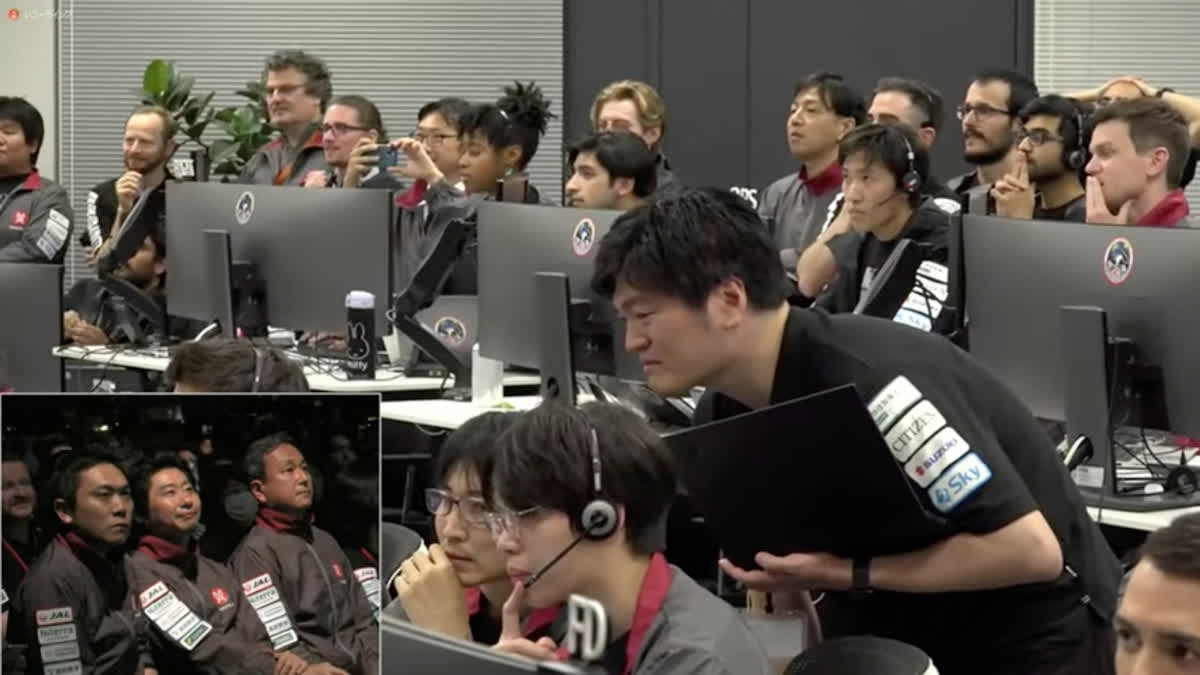Tokyo: A Japanese company's spacecraft apparently crashed while attempting to land on the moon Wednesday, losing contact moments before touchdown and sending flight controllers scrambling to figure out what happened. More than six hours after communication ceased, the Tokyo company ispace finally confirmed what everyone had suspected, saying there was "a high probability" that the lander had slammed into the moon.
It was a disappointing setback for ispace, which after a 4 1/2-month mission had been on the verge of doing what only three countries have done: successfully land a spacecraft on the moon. Takeshi Hakamada, founder and CEO of ispace, held out hope even after contact was lost as the lander descended the final 33 feet (10 meters). Flight controllers peered at their screens in Tokyo as minutes went by with only silence from the moon.
A grim-faced team surrounded Hakamada as he announced that the landing likely failed. Official word finally came in a statement: "It has been determined that there is a high probability that the lander eventually made a hard landing on the moon's surface." If all had gone well, ispace would have been the first private business to pull off a lunar landing. Hakamada vowed to try again, saying a second moonshot is already in the works for next year.
Only three governments have successfully touched down on the moon: Russia, the United States and China. An Israeli nonprofit tried to land on the moon in 2019, but its spacecraft was destroyed on impact. "If space is hard, landing is harder," tweeted Laurie Leshin, director of NASA's Jet Propulsion Laboratory. "I know from personal experience how awful this feels."
Leshin worked on NASA's Mars Polar lander that crashed on the red planet in 1999. The 7-foot (2.3-meter) Japanese lander carried a mini lunar rover for the United Arab Emirates and a toylike robot from Japan designed to roll around in the moon dust for about 10 days. That's how everything else on the mission was supposed to last.
Named Hakuto, Japanese for white rabbit, the spacecraft had targeted Atlas crater in the northeastern section of the moon's near side, more than 50 miles (87 kilometers) across and just over 1 mile (2 kilometers) deep. It took a long, roundabout route to the moon following its December liftoff, beaming back photos of Earth along the way. The lander entered lunar orbit on March 21.
